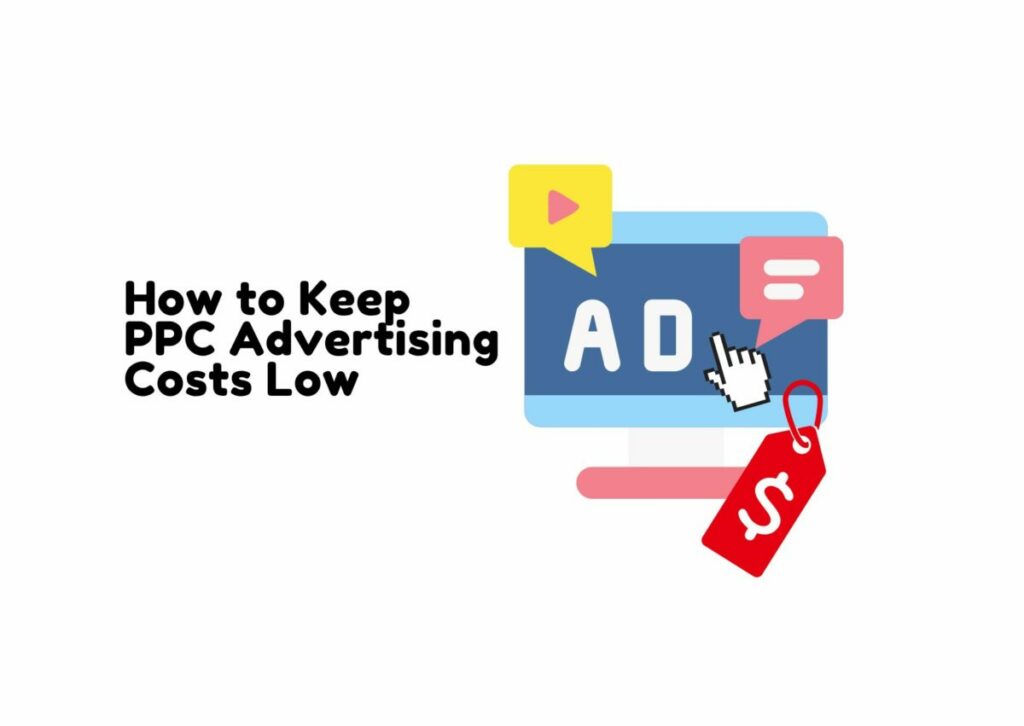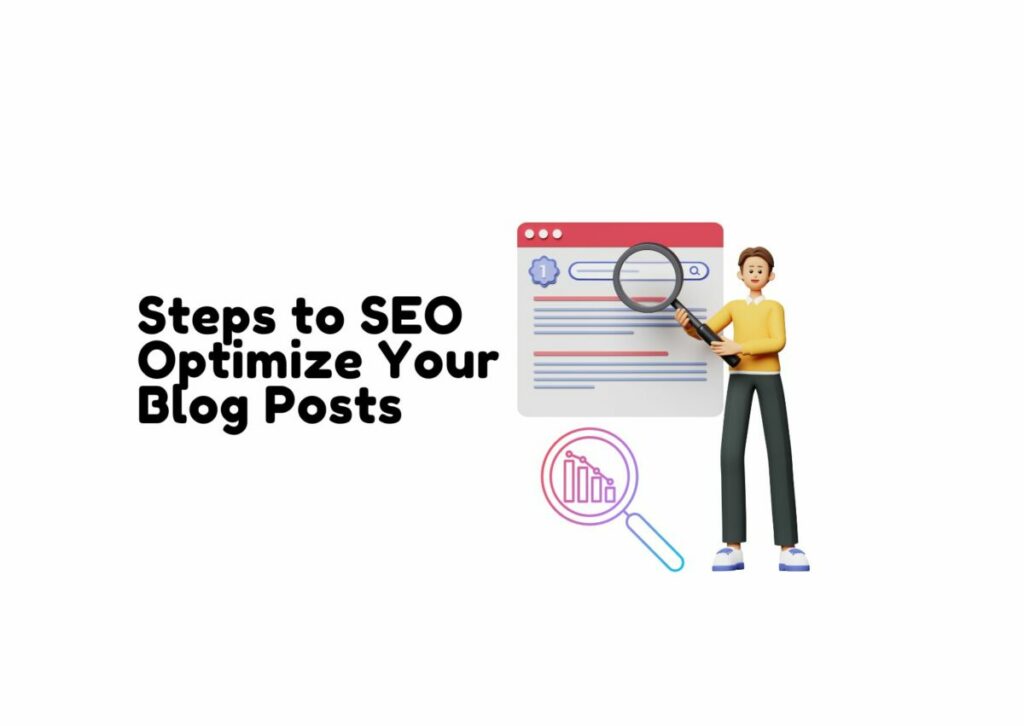Recovering from a Google HCU penalty requires acknowledging its impact first. Detailed comprehension of the HCU’s influence on search results is significant to draft an efficient recovery plan. Surprisingly, staying alert about the continual updates in Google algorithms increases your chances to adapt swiftly. Start focusing now on understanding more about the effect of the HCU on your website.
To recover from Google’s Helpful Content Update, consider implementing strategic improvements such as enhancing the title with specificity and timeliness, personalizing the introduction, optimizing the header image, and expanding the content with related subtopics. Additionally, prioritize user experience and E-A-T principles while continuously optimizing your content to align with Google’s helpful content system.

Google’s HCU Recovery Tips for 2024
The ever-evolving landscape of search engine algorithms demands a vigilant approach to content and SEO practices. In the wake of the HCU, recovery and adaptation are paramount. Here are some essential tips for recovering from and thriving in the post-HCU environment.
Stay Informed: Keeping a watchful eye on algorithm changes and search guidelines is vital. By staying informed, you can align your content and SEO strategies with the latest standards set by Google. This involves regularly checking authoritative sources such as Google’s official webmaster blogs, industry publications, and reputable digital marketing resources.
Audit Existing Content: Conduct a comprehensive audit of your existing content to identify areas that need improvement. Look for outdated or irrelevant information, low-quality content, or pieces that may no longer align with Google’s E-A-T (Expertise, Authoritativeness, Trustworthiness) guidelines. Updating and optimizing content based on current SEO best practices can significantly impact your ranking and overall site performance.
For instance, you might find that some of your older blog posts contain outdated information or broken links. By refreshing these posts with current data and fixing any broken links, you can enhance their relevance and usefulness to readers, offering a positive user experience while meeting Google’s quality standards.
Focus on User Intent: Prioritizing user intent in your content creation is key to post-HCU recovery. Understand the purpose behind users’ search queries and tailor your content to deliver meaningful, valuable information that directly addresses their needs. By aligning your content with user intent, you not only enhance user experience but also improve your chances of ranking higher in search results.
Embrace Multimedia Content: Incorporating diverse forms of multimedia content like videos, infographics, and podcasts can enhance user engagement while diversifying your content offerings. While text-based content remains important, integrating multimedia elements can elevate user experience, increase dwell time on your site, and send positive signals to search engines about the value of your content.
In navigating the dynamic landscape shaped by Google’s HCU, these recovery tips are designed to help website owners adapt their strategies effectively for improved rankings and user satisfaction.
With an understanding of the essential strategies for recovery from HCU, let’s now explore how to detect potential issues that may have led to its negative impact.
Detecting the HCU Problem

The initial step in addressing the HCU problem is, of course, identifying it. There are several key indicators to watch out for that might suggest an issue related to the HCU update.
A substantial drop in organic traffic and keyword rankings should raise a red flag. Consistently monitoring your website analytics becomes crucial in this regard. Sudden declines in these areas can often signify a potential algorithmic penalty, which may be linked to Google’s HCU update impacting the site’s visibility in search results.
To illustrate, imagine your website has been steadily gaining traction in search results when suddenly you witness a sharp and unexplained plummet in your traffic and keyword rankings. This erratic shift could be a clear sign that something is amiss, warranting deeper investigation into the possible connection with Google’s HCU update.
In addition to web traffic and ranking fluctuations, changes in user behavior metrics such as bounce rates, average session duration, or pages per session may also be noticeable. Paying close attention to these metrics can offer valuable insights into how users are interacting with your website post-HCU update. It’s essential to remember that detecting the HCU problem requires a keen eye for subtle changes and a deep understanding of your website’s performance metrics.
By being vigilant about these metrics and recognizing any warning signs that indicate an issue connected to the HCU update, you can take proactive steps to address and mitigate its effects on your website’s performance.
Detailed Analysis of Issue Impact

When it comes to the impact of the Helpful Content Update (HCU), one of the most critical steps is to thoroughly examine the specific web pages that have been affected. It’s essential to identify any content areas that may be considered unhelpful or in need of improvement. This includes looking for thin or duplicated content, assessing the level of expertise, authoritativeness, and trustworthiness (E-A-T), as well as evaluating the overall user experience elements on these pages.
Let’s start with thin or duplicated content. Thin content refers to material that lacks substance, offering little value to the reader. This can include pages with a low word count, repetitive content, or boilerplate text that doesn’t add any meaningful information. Duplicated content, on the other hand, involves verbatim or near-verbatim blocks of text found across different web pages. Both thin and duplicated content can signal to search engines that a website is not providing original or comprehensive insights, which can lead to a decline in search visibility.
Next, we have to consider the lack of expertise, authoritativeness, or trustworthiness (E-A-T). When analyzing your web pages, it’s crucial to evaluate how effectively they showcase expertise and authoritativeness in their respective subject matter. Additionally, consider whether the presented information inspires trust and confidence in the content source.
For instance, health-related content should ideally be authored by reputable medical experts or demonstrate references to credible sources. Similarly, financial advice should come from certified professionals or reputed financial institutions. Pages lacking proper E-A-T signals are likely to face challenges in achieving favorable search visibility following the HCU update.
Moving on to subpar user experience elements, analyzing metrics such as page load times, mobile-friendliness, and overall accessibility can provide valuable insights into user satisfaction and interaction with your web pages. Additionally, considering elements like clear navigation, engaging multimedia content, and well-structured layouts can contribute significantly to an enjoyable browsing experience for visitors.
Overall, a detailed examination of these specific factors across your web pages affected by the HCU is instrumental in understanding the extent of the impact and formulating effective strategies for recovery and future content creation.
The thorough analysis of issue impact sets the stage for implementing targeted recovery strategies and understanding the implications of Google’s HCU on website performance. Now, let’s explore ways to confirm if your website has incurred penalties due to the HCU update.
Confirming the HCU Penalty
You’ve noticed a significant drop in your organic visibility and traffic, and now you suspect that your website might have been hit with an HCU penalty. How do you confirm this? The most crucial step is to use Google Search Console to check for manual actions or notifications related to unhelpful content. If there’s an HCU penalty in effect, it’s highly likely that Google will inform you about it through this platform.
Pay close attention to any messages or notifications from Google, as they often provide detailed insights into the issue. Additionally, analyze indexing patterns to see if there are any irregularities in how your pages are being crawled and indexed by Google. Look for sudden drops in indexed pages, as this can be a strong indicator of an HCU penalty.
Examining SERP Changes
Next, closely monitor changes in your Search Engine Results Page (SERP) appearance. If certain pages that were previously ranking well have suddenly dropped in the search results, this could be a sign of an HCU penalty. Take note of any alterations to featured snippets, meta descriptions, or page titles that may indicate a penalty’s impact on your site’s visibility.
For instance, if your money pages were consistently appearing in featured snippets but have now been replaced by other sources, it could signify a potential penalty.
Remember: It’s crucial to conduct thorough research and gather as much data as possible before drawing a conclusion about an HCU penalty.
Furthermore, identify pages that have lost organic visibility. This could be achieved by using various SEO tools to track rankings and compare historical data. Look for specific keywords associated with your affected pages and observe their performance over time.
By monitoring these key indicators and conducting a comprehensive analysis, you can gain valuable insights that will help you confirm whether your site has indeed been impacted by an HCU penalty. This confirmation is the first step towards formulating an effective recovery strategy.
Transitioning from confirming the HCU penalty, the next vital step is to delve into creating a comprehensive content recovery strategy.
Developing a Content Recovery Strategy

After identifying that your website has been affected by Google’s HCU penalty, it’s crucial to lay out a comprehensive plan to recover from it. Here are essential steps to include in your content recovery strategy.
Content Evaluation and Enhancement
One of the first steps is to evaluate your website’s content through the lens of E-A-T (Expertise, Authoritativeness, Trustworthiness) principles. This involves scrutinizing the depth and quality of your content to ensure it aligns with these principles. It’s important not only to cater to user search intent but also to provide valuable, original, and informative material. This may involve increasing the breadth and depth of content by integrating comprehensive and relevant subtopics within your niche.
Technical SEO Audit
A critical aspect of recovering from the HCU penalty involves conducting a thorough technical SEO audit. This includes addressing on-page factors such as meta data optimization, structured data implementation, and ensuring page speed optimization and mobile-friendliness are prioritized. These technical aspects play a crucial role in enhancing your website’s overall performance and user experience.
Backlink Audit and Cleanup
An effective recovery strategy requires assessing your backlink profile using tools like Ahrefs or SEMrush. Identify any low-quality or spammy links that could have contributed to the HCU impact. It’s essential to disavow toxic links while focusing on acquiring high-quality, relevant backlinks that align with your website’s niche and demonstrate authority and credibility.
Think of this process as tending to a garden: you’re carefully evaluating each plant (piece of content) for its health, tending to the soil (technical SEO) for optimal growth conditions, and ensuring any invasive weeds (toxic backlinks) are removed to allow your garden to thrive once again.
By meticulously addressing these areas in your content recovery strategy, you’ll be taking proactive measures to enhance your website’s overall quality, relevance, and credibility—essential components for recovering from the HCU penalty and restoring your visibility in search results.
As we move forward in our journey through the digital landscape, let’s now explore the effective implementation of recovery plans—the pivotal next step towards reclaiming online prominence.
Effective Implementation of Recovery Plan

Once you’ve laid out your strategy for recovering from the impact of Google’s Helpful Content Update (HCU), it’s time to put that plan into action. Here are the critical elements for effectively implementing your recovery plan and securing sustained success for your website in 2024.
Regular Performance Monitoring

It’s imperative to continuously monitor the performance of your website post-recovery implementation. Track organic traffic, keyword rankings, and user engagement metrics to evaluate the effectiveness of the recovery plan.
By tracking organic traffic, you’ll be able to identify any fluctuations or improvements in the visibility of your website in search results. This provides valuable insights into the impact of the recovery efforts on attracting organic visitors to your site. Additionally, monitoring keyword rankings allows you to assess whether your pages are regaining relevance and visibility for targeted search terms. User engagement metrics such as bounce rate, time on page, and click-through rates provide insights into how visitors interact with your content. Improvements in these metrics indicate that your content is resonating with users, which aligns with Google’s emphasis on providing valuable and engaging content.
User-First Content Approach
Prioritizing a user-first approach to content creation is essential for sustained recovery and long-term success. Produce comprehensive, well-researched, and engaging content that addresses user queries while demonstrating expertise and trustworthiness.
When creating content, consider user intent and focus on providing substantial information that leaves readers satisfied with their experience. Engage in extensive research to ensure that your content comprehensively covers relevant topics, addressing common queries and potential pain points within your niche. By showcasing expertise and trustworthiness through well-researched and well-written content, you enhance the value proposition of your website. A user-first content approach not only aligns with Google’s search quality guidelines but also fosters a positive user experience, which is essential for building credibility and authority in your niche.
Adaptation to Algorithm Changes

In today’s dynamic digital landscape, staying abreast of future Google updates and algorithm changes is paramount. Continuously adapting content and SEO strategies to align with evolving search engine guidelines and ranking factors fosters resilience against potential future penalties.
For instance, Google may introduce new ranking factors or update its algorithms to prioritize specific aspects of content quality. By actively monitoring industry trends and search engine updates, you can proactively adapt your content strategy to align with these changes, safeguarding your website from future algorithmic impacts. Adaptation should involve staying informed about best practices for optimizing content based on E-A-T (Expertise, Authoritativeness, Trustworthiness), as well as technical SEO considerations such as page speed optimization and mobile-friendliness. These proactive measures ensure that your website remains resilient in the face of evolving search engine guidelines.
For more extensive guidance and best practices for recovering from Google’s HCU and sustaining long-term website success in 2024, visit PayPerClickEcademy. Their expertise can provide invaluable insights into navigating the complexities of digital marketing in an ever-changing online environment.
Effective implementation of a recovery plan requires diligence, adaptability, and a keen focus on user-centric content. By embracing these key principles and leveraging expert guidance, you can navigate through challenges and secure long-term success for your website.

